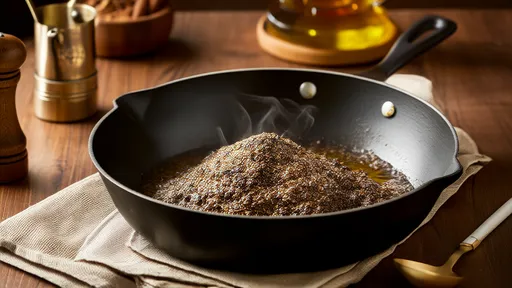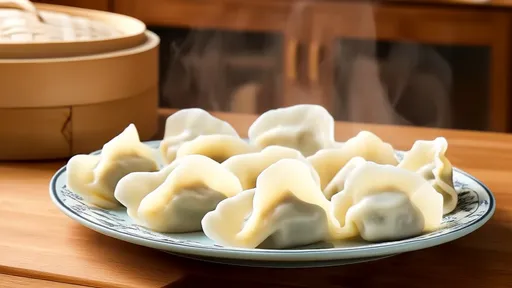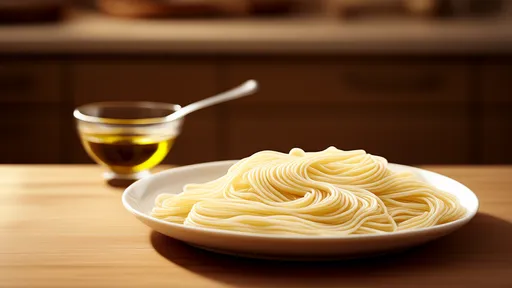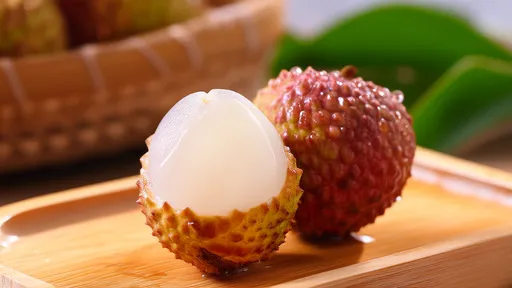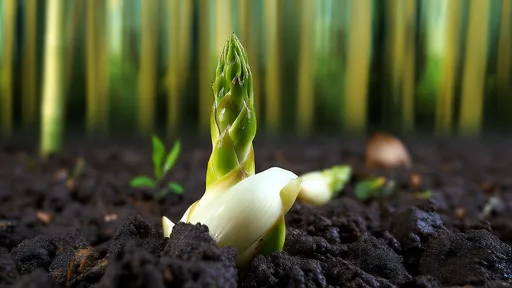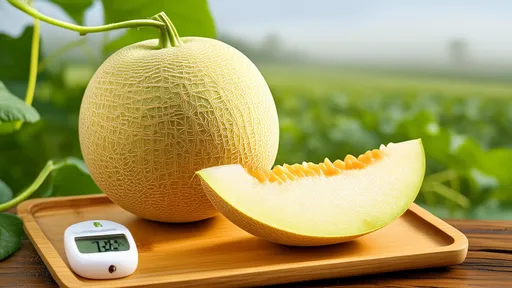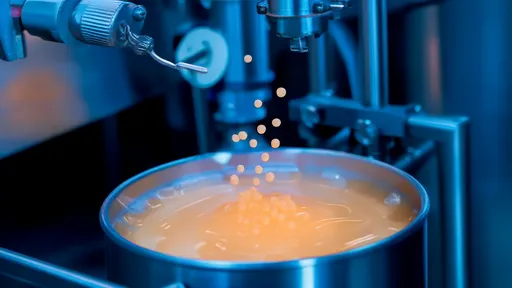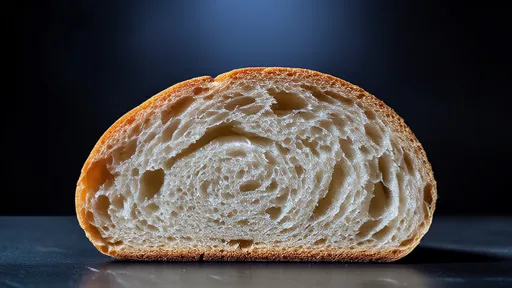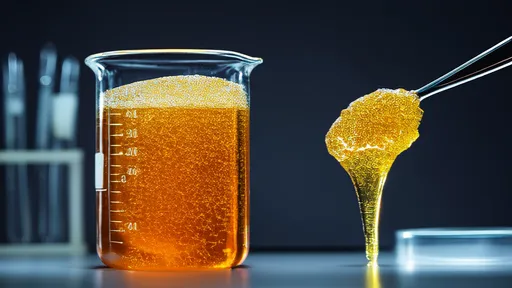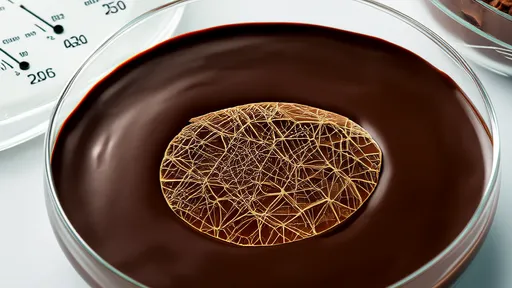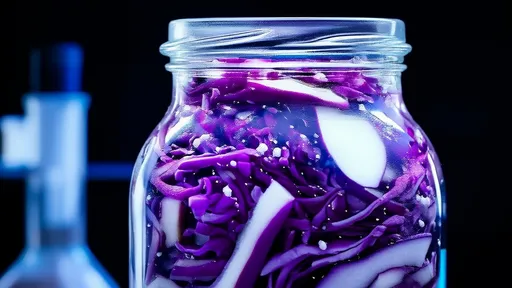The process of homogenization in ice cream mix preparation plays a pivotal role in achieving the desired texture, stability, and mouthfeel of the final product. At the heart of this process lies the principle of fat emulsification, where milk fat globules are broken down into smaller, more uniform particles. This not only enhances the emulsion's stability but also ensures a smoother consistency in the ice cream. The science behind homogenization parameters is both intricate and fascinating, as it directly influences the quality of the end product.
Homogenization typically occurs after the pasteurization stage, where the ice cream mix is subjected to high pressure, forcing it through narrow valves. This mechanical action disrupts the fat globules, reducing their size from several micrometers to less than one micrometer. The smaller fat particles increase the surface area available for proteins to adsorb, forming a stable membrane that prevents coalescence. The result is a finer emulsion that contributes to a creamier texture and improved resistance to melting.
Pressure and temperature are two critical parameters in the homogenization process. Most industrial setups use a two-stage homogenization system, with the first stage operating at pressures between 100 and 250 bar. This stage is responsible for the primary size reduction of fat globules. The second stage, operating at lower pressures (30–50 bar), serves to break down any remaining clusters of fat globules that may have re-agglomerated after the first stage. Temperature control is equally important, as the mix is usually homogenized at temperatures between 60°C and 70°C to maintain optimal fluidity and fat plasticity.
The type of fat used in the ice cream mix also significantly impacts homogenization efficiency. Dairy fats, such as those from cream or butter, behave differently under homogenization compared to vegetable fats like coconut or palm kernel oil. Milk fat contains natural emulsifiers like phospholipids, which aid in stabilizing the newly formed globules. In contrast, vegetable fats often require additional emulsifiers to achieve similar stability. The choice of fat source must align with the desired product characteristics, whether it's a rich, buttery flavor or a lighter, plant-based alternative.
Emulsifiers such as mono- and diglycerides or polysorbate 80 are frequently added to ice cream mixes to enhance homogenization outcomes. These compounds work by reducing the interfacial tension between fat and water, making it easier to break down fat globules during homogenization. They also help stabilize the emulsion during aging and freezing, preventing fat destabilization that could lead to a coarse or icy texture. The concentration of these emulsifiers must be carefully calibrated, as excessive amounts can over-stabilize the fat, negatively affecting the ice cream's ability to incorporate air during whipping.
Post-homogenization, the ice cream mix undergoes an aging period, typically lasting 4 to 24 hours at refrigeration temperatures. This step allows the proteins and emulsifiers to fully adsorb onto the fat globules, further stabilizing the emulsion. Aging also promotes the crystallization of fat, which is crucial for developing the proper structure during freezing. The homogenization parameters directly influence the aging process, as a well-homogenized mix will exhibit more consistent fat crystallization and better air incorporation during the subsequent freezing stage.
Modern advancements in homogenization technology have introduced alternatives like ultrasonic homogenization and microfluidization. These methods offer precise control over particle size distribution and may reduce energy consumption compared to traditional high-pressure homogenizers. However, their adoption in large-scale ice cream production remains limited due to higher equipment costs and the need for further optimization in dairy applications. As consumer demand for premium and innovative ice cream textures grows, the exploration of these advanced homogenization techniques is likely to increase.
The relationship between homogenization parameters and ice cream quality extends beyond texture to influence flavor release and shelf stability. Smaller fat globules create a more uniform distribution of flavor compounds, enhancing taste perception. Additionally, a stable emulsion minimizes fat separation during storage, preserving product quality over time. Manufacturers must balance homogenization intensity with other formulation factors, as excessive homogenization can sometimes lead to undesirable viscosity increases or reduced whipping ability.
In artisanal ice cream production, where small-batch processing is common, homogenization parameters may differ from industrial standards. Some premium producers opt for partial homogenization or alternative emulsification methods to preserve distinct textural qualities. These variations highlight how homogenization serves as both a science and an art in ice cream making, where parameters can be adjusted to create unique product profiles that cater to specific market segments.
As the ice cream industry continues to evolve with trends toward cleaner labels and alternative ingredients, homogenization processes must adapt accordingly. Plant-based formulations, reduced-fat options, and functional ingredient additions all present new challenges in emulsion stability. The fundamental principles of fat globule reduction and stabilization remain constant, but their application requires continuous refinement to meet changing consumer expectations and regulatory requirements.
Quality control measures throughout the homogenization process are essential for consistent results. Regular testing of particle size distribution, emulsion stability, and viscosity helps manufacturers maintain optimal parameters. These analytical approaches, combined with sensory evaluation of the final product, form the basis for ongoing process optimization. The interplay between homogenization technology and ice cream science continues to drive innovation in this beloved frozen dessert category.
The art of unlocking the full potential of spices lies in a time-honored technique: dry-roasting, crushing, and coaxing out their essential oils. This ancient method, passed down through generations of culinary masters, transforms ordinary spices into aromatic powerhouses that elevate dishes to extraordinary heights. The process may seem simple at first glance, but mastering it requires patience, precision, and an understanding of how heat interacts with different spice varieties.
For many home cooks and professional chefs, peeling and cutting yams can be an unexpectedly unpleasant experience. The vegetable, known for its nutritional benefits and culinary versatility, has a notorious side effect – it can leave your hands unbearably itchy. This common kitchen woe has led to numerous home remedies and old wives' tales, but one surprising solution has emerged from modern technology: the microwave.
The art of making dumplings is a cherished tradition in many cultures, particularly in Chinese cuisine. While the filling often steals the spotlight, the dough wrapper plays an equally crucial role in ensuring the dumplings hold together during cooking. One of the most effective yet underrated techniques for preventing dumpling wrappers from tearing is incorporating egg whites into the dough. This method leverages the science of proteins to create a more resilient and elastic wrapper, capable of withstanding the rigors of boiling or steaming without falling apart.
In kitchens around the world, cooks face a common nemesis when preparing pasta: sticky noodles that clump together into an unappetizing mass. While many swear by the traditional method of rinsing cooked pasta with cold water to prevent sticking, a growing number of culinary experts argue that tossing freshly boiled noodles with olive oil proves far more effective. This technique not only preserves the pasta's ideal texture but also enhances its flavor profile in ways cold water simply cannot match.
Guangdong lychee, a jewel of southern China's fruit basket, has long been celebrated for its succulent flesh and floral aroma. Beyond its irresistible taste, recent research has uncovered a hidden treasure within its vibrant red peel—polyphenols with remarkable antioxidant properties. These compounds are quietly revolutionizing our understanding of how this tropical fruit may contribute to human health far beyond basic nutrition.
The high-altitude coffee farms of Yunnan Province have long been celebrated for producing beans with a distinctive flavor profile. Among the many factors influencing taste, altitude plays a particularly crucial role, especially when it comes to acidity. Unlike the bright, sharp acidity often associated with African coffees, Yunnan’s beans exhibit a more nuanced relationship between elevation and tartness—one that defies simple expectations.
The tender crunch of Zhejiang bamboo shoots has long captivated gourmets and scientists alike, their delicate texture standing as a testament to nature's perfect engineering. While chefs praise their culinary versatility, researchers have uncovered a fascinating cellular secret behind their remarkable freshness – turgor pressure. This biological phenomenon, often overlooked in discussions of vegetable quality, holds the key to understanding why these spring delicacies from China's eastern province maintain their youthful crispness long after harvest.
The Hami melon, a jewel of Xinjiang's agricultural bounty, owes its legendary sweetness to a climatic phenomenon as ancient as the Silk Road itself. Nestled in the arid embrace of China's northwest, this golden-fleshed fruit has thrived for centuries under skies that scorch by day and chill by night. What appears as hardship to most crops becomes the secret alchemy transforming ordinary melons into saccharine masterpieces.
The vast fields of Northeast China, stretching across latitudes from 40°N to 50°N, have long been celebrated as the heartland of soybean production. Among the many factors influencing soybean quality, protein content stands out as a critical metric, not just for nutritional value but also for industrial applications. Recent studies have unveiled a fascinating pattern: the protein content in Northeast soybeans exhibits significant variation along latitudinal gradients. This discovery has sparked renewed interest in understanding how geography shapes the very fabric of this agricultural staple.
The process of homogenization in ice cream mix preparation plays a pivotal role in achieving the desired texture, stability, and mouthfeel of the final product. At the heart of this process lies the principle of fat emulsification, where milk fat globules are broken down into smaller, more uniform particles. This not only enhances the emulsion's stability but also ensures a smoother consistency in the ice cream. The science behind homogenization parameters is both intricate and fascinating, as it directly influences the quality of the end product.
The phenomenon of bread staling has puzzled bakers and food scientists for generations. While most consumers associate staleness with dryness, the underlying mechanisms involve complex interactions between starch retrogradation and water migration within the bread matrix. This intricate dance between moisture and crystalline structures ultimately determines whether your morning toast will delight or disappoint.
The formation of rock sugar crystals is a fascinating interplay of chemistry and physics, where the delicate balance of supersaturation dictates the birth and growth of crystalline structures. At its core, this process hinges on the creation of nucleation sites—tiny clusters of molecules that serve as the foundation for larger crystals. The journey from syrup to shimmering rock sugar is anything but straightforward, and understanding the factors that influence nucleation can unlock greater control over crystal size, clarity, and yield.
The art of chocolate tempering is a delicate dance of temperature control, one that hinges on the precise crystallization of cocoa butter. This process is not merely a technical step in chocolate production; it is the very heart of what gives chocolate its signature snap, glossy sheen, and melt-in-the-mouth texture. Without proper tempering, chocolate can appear dull, develop a grainy texture, or fail to release cleanly from molds. The secret lies in understanding how cocoa butter behaves under varying thermal conditions.
The science behind pickling vegetables has fascinated food chemists and home cooks alike for centuries. While the process may seem straightforward – submerging vegetables in brine – the molecular dance occurring within each cell reveals a complex interplay of chemistry and physics. Recent advances in sodium ion detection techniques have allowed researchers to map the distribution of salt throughout pickled vegetables with unprecedented precision, shedding new light on this ancient preservation method.
The phenomenon of "wine legs" or "tears of wine" has captivated drinkers and scientists alike for centuries. When a glass of wine or spirit is swirled, droplets form on the inside of the glass, creating mesmerizing streaks that slowly trickle back down. This elegant display isn’t just a sign of a good drink—it’s a fascinating interplay of fluid dynamics, surface tension, and evaporation.
